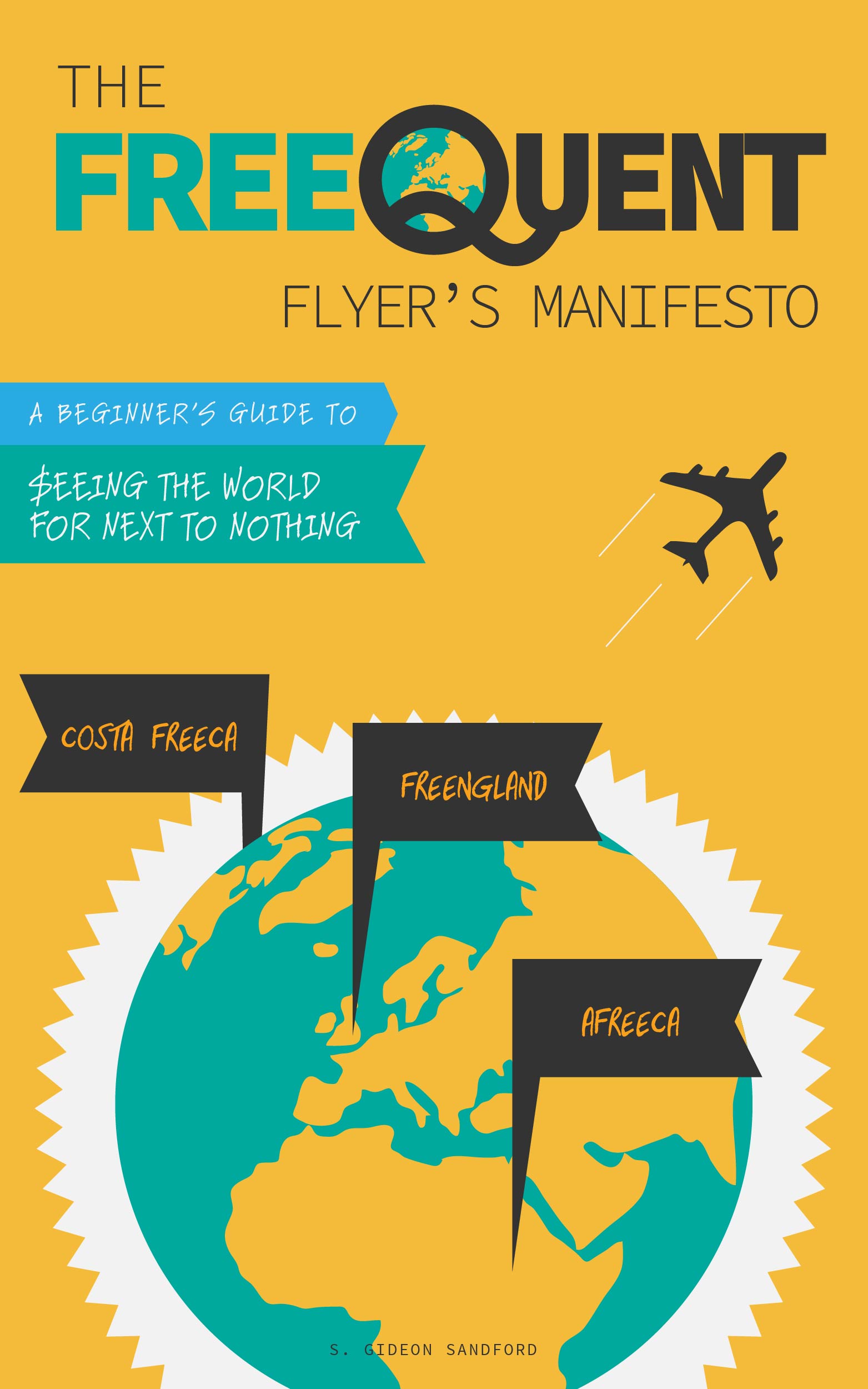Reflections on #WestCoastDO
/If you follow me on Twitter you know I spent this past weekend in Phoenix at the second gathering organized in large part by Matt at Saverocity, who was also the motive force behind March's friendly Mile Madness competition.
Before I get to my own thoughts, here are a few reviews/reflections/follow-ups I've already seen around Twitter (I'll update this list if I see any more – or just search for the #WestCoastDO tag):
- TravelBloggerBuzz
- Milenomics
- Travel with Grant
- Big Habitat (whose reselling presentation is pure gold, and worth a close study)
The Schedule
One difference between this event and the Mile Madness DO in Charlotte is that Matt and his team decided to move the focus of the event from the schedule of presentations to creating a productive social environment. In this he was hugely successful.
The event for me started Friday evening, at the evening wine reception in the lobby of the venue hotel. It seemed like almost everyone arrived Friday, in order to spend as much time with like-minded folks as possible. I met lots of old and new friends, and had a lovely dinner in the hotel's restaurant. After dinner lots of folks lingered in the resort's huge patio and bar area and chatted until the small hours.
On Saturday the event proper started, late enough that we could get a few hours of sleep and still have a decent breakfast, although there were still lots of bleary eyes at 10 am. The presentations and panel discussion were lively and wide-ranging. A few stood out:
- Frequent Miler gave an updated version of his manufactured spending presentation, including his latest research on the Target REDcard.
- Marathon Man's presentation was a breath of fresh air. It's no secret that he and I have a pretty fundamental difference of opinion (he wants fewer people to manufacture spend; I want people to manufacture more, better, and smarter). But it seemed like his "old" Blue Cash shutdown may have made him just a touch less cock-sure of the purity and genius of his worldview. Or he may have just still been feeling the previous night's festivities. Either way, I thoroughly enjoyed his presentation.
- Big Habitat (see above) shared his philosophy, techniques, and calculations for buying and reselling merchandise in order to generate miles and points. He's one of the best.
- Bengali Miles Guru gave a rollicking walkthrough of his year renting dozens of cars for no good reason, and indeed for no reason whatsoever, and the lessons he learned.
Saturday evening the festivities continued, including a quick trip to a nearby shopping mall, dinner, and more time on the Firesky patio with friends old and new.
Sunday morning, I barely pulled myself out of bed in time to run out and buy an American Express for Target card, a tool that had been missing from my arsenal for far too long!
The Conversations
While the presentations were great, the real heart of the event was the conversations we had all day over breakfast, lunch, dinner, drinks, and around the beautiful (and, importantly, warm!) fire pits the hotel conveniently provided.
In the travel hacking community, there's a fact that's both simple and powerful: everyone knows something you don't know. That's why whenever anyone accidentally calls me an "expert," I'm reminded of Matt's beautiful post on the subject. In a room with 150 other travel hackers, I know for a fact there are (at least!) 150 things I don't know. Some of them may be smaller things (how to beat the lines in Vatican City – thanks Tom!), and some of them may be bigger things (how to beat the rental car racket), but I don't know any of them.
Of course, the groundwork for these conversations was laid weeks and months in advance. If you're interested in attending a conference like this, I feel it probably doesn't make much sense to just show up and hope for the best. Join online communities like The Forum, follow and interact with folks you respect on Twitter (or Facebook, I guess – I don't use it), leave comments, ask questions, share datapoints. It's a community, after all, and the more engaged you become in it, the more you'll get out of it.
The Thanks
Finally I want to thank everyone who made the event so special. I truly didn't want it to end, and it wouldn't have been the same without you. So thanks to Dean, Matt, Ivan, Kenny, Cindy, Nancy, Kunal, Scott, Eric, Tom, Annie, Aegt, all the presenters, and everyone else I managed to speak with! We'll have to do it again soon.


